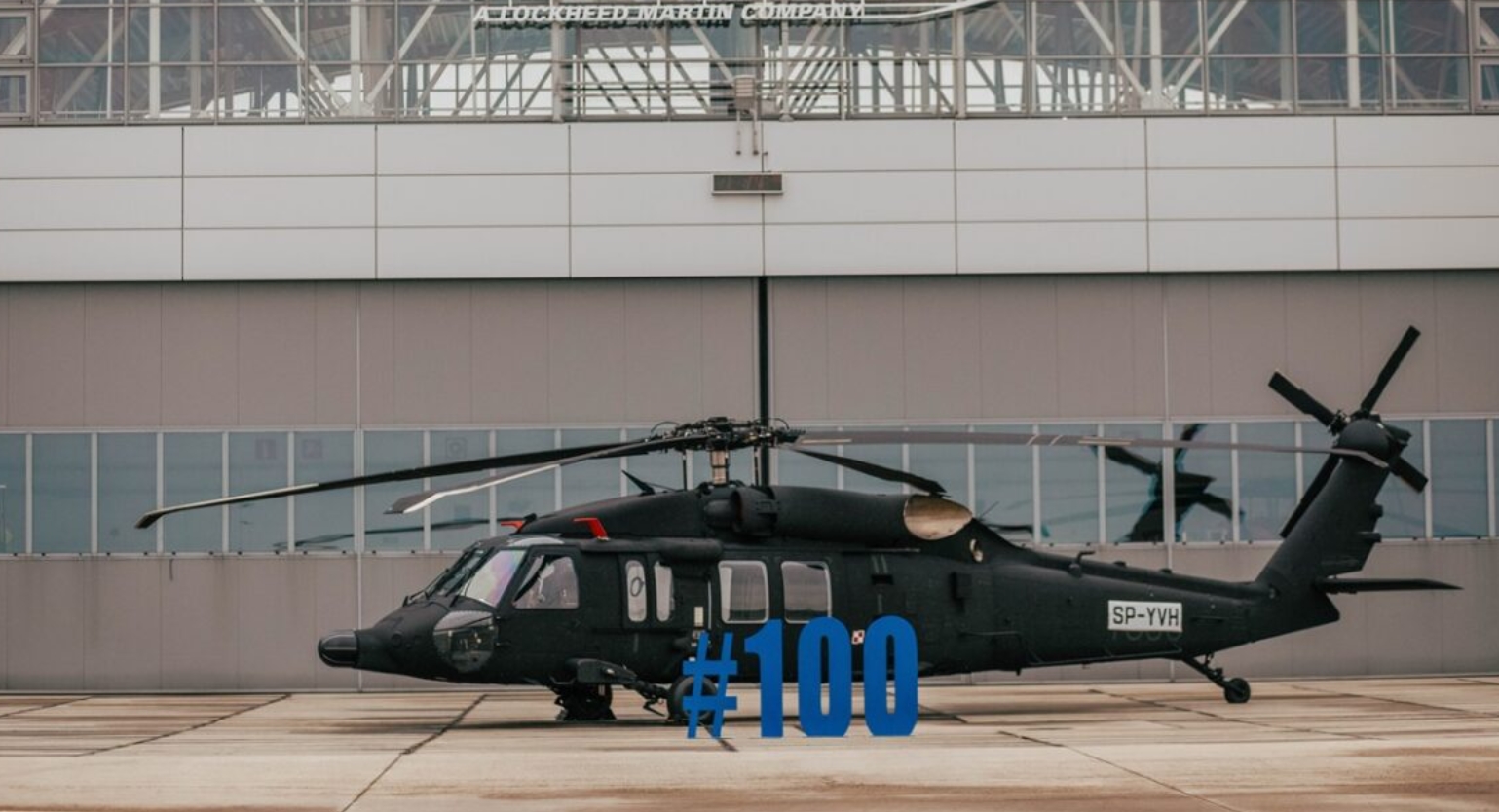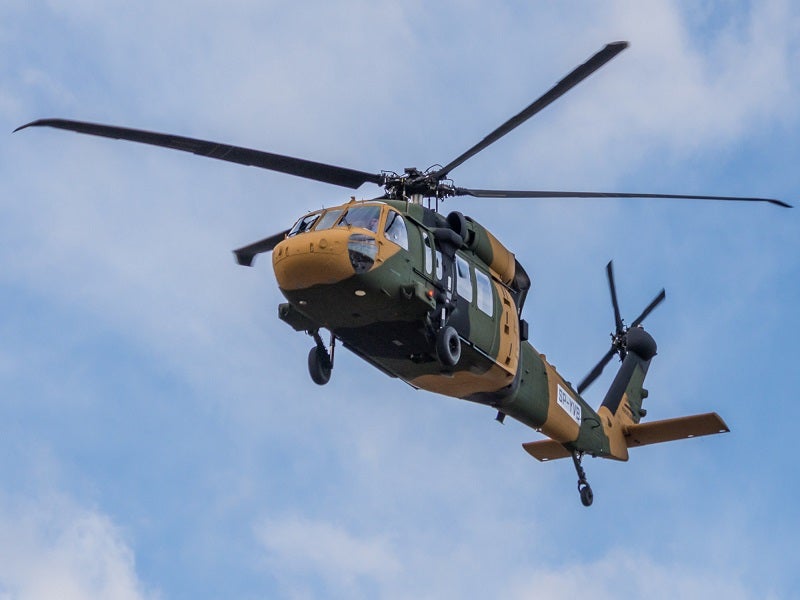Revealing the Sikorsky S 70: Developments and Advancements in Helicopter Design
Revealing the Sikorsky S 70: Developments and Advancements in Helicopter Design
Blog Article
High-Performance Multi-Role Rotorcraft Featuring Advanced Cabin Technologies and Integrated Sensing Unit Equipments
The world of rotorcraft modern technology has seen significant innovations in current times, especially in the realm of high-performance multi-role rotorcraft outfitted with sophisticated cabin modern technologies and effortlessly integrated sensing unit systems. These developments have not only augmented the operational capabilities of rotorcraft however have actually also dramatically influenced modern-day aviation procedures on numerous fronts. From improved goal adaptability to boosted operational efficiency, the merging of sophisticated cockpit modern technologies and incorporated sensor systems has actually introduced a new age of possibilities for rotorcraft applications. In the adhering to discussion, we will certainly check out the development of rotorcraft modern technology, look into the world of sophisticated cabin advancements, and check out the effects of incorporated sensor systems on the operational flexibility and effectiveness of modern-day rotorcraft.
Development of Rotorcraft Technology
The evolution of rotorcraft modern technology has been noted by significant advancements in the rules of aerodynamics, materials, and propulsion systems, forming the capacities and performance of modern-day rotorcraft. Aerodynamic improvements have enhanced the effectiveness and ability to move of rotorcraft, enabling enhanced rate, agility, and security throughout trip (sikorsky s 70). Developments in materials, such as using composite materials and advanced alloys, have resulted in lighter yet stronger rotorcraft frameworks, boosting overall efficiency and durability. Additionally, advancements in propulsion systems, consisting of more effective engines and ingenious propulsion innovations, have enabled rotorcraft to attain higher altitudes, faster rates, and greater payloads.
These developments have not only changed the capabilities of rotorcraft however have actually likewise expanded their applications across different industries, including army, industrial, and emergency services. The continual advancement of rotorcraft innovation remains to drive development in the area, pushing the borders of what is possible and shaping the future of upright trip.
Advanced Cockpit Innovations
Building upon the fundamental innovations in the rules of aerodynamics, products, and propulsion systems, the world of rotorcraft modern technology currently moves emphasis in the direction of pioneering Advanced Cockpit Innovations. The integration of sophisticated innovations within the cockpit setting plays an essential role in boosting the functional abilities, safety, and efficiency of modern rotorcraft. sikorsky s 70. Advanced Cockpit Innovations incorporate a wide range of features designed to give pilots with boosted situational understanding, streamlined information management, and user-friendly control interfaces
Among the crucial developments in cabin layout is the implementation of glass cabins, which change typical analog determines with high-resolution display screens. These digital systems offer adjustable designs, real-time information assimilation, and improved readability, allowing pilots to gain access to critical info at a look. Advanced avionics systems, such as fly-by-wire controls and boosted fact displays, are transforming how pilots connect with the aircraft, permitting for accurate control and improved decision-making abilities.


Integrating innovative cabin innovations not only boosts pilot efficiency however likewise adds to total mission effectiveness and safety in complex operational settings. By leveraging cutting edge innovations within the cockpit, rotorcraft manufacturers are establishing brand-new standards for operational excellence and objective success.
Integrated Sensor Equipments
With the advancement of rotorcraft modern technology, the integration of advanced Integrated Sensing unit Equipment has actually ended up being critical in boosting operational effectiveness and safety and security. These Integrated Sensing unit Systems encompass a wide range of innovations that supply vital data for different functions such as navigation, surveillance, targeting, and ecological monitoring. By effortlessly integrating sensors like radars, electronic cameras, lidar, and infrared systems right into rotorcraft, operators can take advantage of improved situational understanding, enhanced objective capacities, and reduced pilot workload.
One secret benefit of Integrated Sensor Equipments is their ability to collect real-time information and give workable insights to pilots and mission operators. Advanced radar systems can identify and track targets over long distances, permitting for very early risk detection and effective action planning. Furthermore, integrating infrared and electro-optical cams allows rotorcraft to conduct reconnaissance and surveillance objectives with precision and accuracy.
Essentially, the assimilation of innovative sensor technologies into rotorcraft not just improves operational performance yet additionally adds significantly to general objective success and crew safety and security. As rotorcraft remain to progress, the function of Integrated Sensor Solution will certainly stay at the forefront of innovation in the aerospace market.
Operational Flexibility and Effectiveness
Enhancing operational convenience and efficiency in rotorcraft is an all-natural development from the integration of sophisticated Integrated Sensing unit Systems. By leveraging the data and understandings supplied by these innovative sensor systems, rotorcraft can maximize their efficiency throughout numerous missions and environments.
Operational adaptability encompasses the capability of rotorcraft to adapt to various duties and circumstances successfully. With innovative cockpit modern technologies and integrated sensing unit systems, rotorcraft can effortlessly change between jobs such as search and rescue, clinical evacuation, security, and a lot more. This versatility boosts the rotorcraft's ability to fulfill varied functional demands without needing considerable reconfiguration.
Effectiveness in rotorcraft operations is crucial for taking full advantage of objective performance and resource why not check here application. Integrated sensor systems play an essential function in improving functional efficiency by giving real-time data on weather conditions, terrain mapping, target monitoring, and much more. This data makes it possible for pilots to make informed decisions quickly, optimize trip paths, save gas, and boost total objective efficiency.
Influence On Modern Air Travel Operations

Furthermore, the assimilation of advanced sensors helps with view boosted goal preparation and implementation, allowing rotorcraft to do a vast array of jobs with boosted accuracy. From search and rescue operations to aerial firefighting and police goals, the abilities of modern-day rotorcraft geared up with sophisticated cabin technologies and incorporated sensing unit systems are unequaled.
Additionally, the impact of these innovations prolongs past operational performance to cost-effectiveness and sustainability. By maximizing trip paths, fuel intake, and upkeep routines, high-performance rotorcraft furnished with innovative cockpit modern technologies and sensing units add to decreasing functional prices and environmental influence, making them vital properties in contemporary aviation operations.
Final Thought
To conclude, the high-performance multi-role rotorcraft with advanced cabin technologies and incorporated sensing unit systems stands for a considerable development in aviation modern technology. These developments enhance functional adaptability and effectiveness, ultimately impacting contemporary aviation operations in a favorable way. The combination of these innovative modern technologies enables improved capabilities and efficiency in various goal scenarios, showcasing the continued development of rotorcraft technology in the aeronautics sector.
The world of rotorcraft innovation has seen notable innovations in current times, especially in the realm of high-performance multi-role rotorcraft equipped with sophisticated cockpit modern technologies and seamlessly integrated sensing unit systems. From boosted goal convenience to boosted functional efficiency, the convergence of innovative cabin modern technologies and integrated sensor systems has ushered in a brand-new era of opportunities for rotorcraft applications. In the adhering to conversation, we will discover the development of rotorcraft modern technology, dig right advice into the world of sophisticated cabin innovations, and examine the ramifications of integrated sensing unit systems on the functional versatility and effectiveness of modern-day rotorcraft.

Report this page